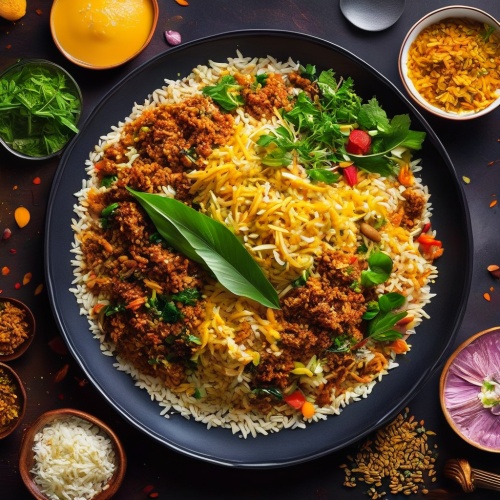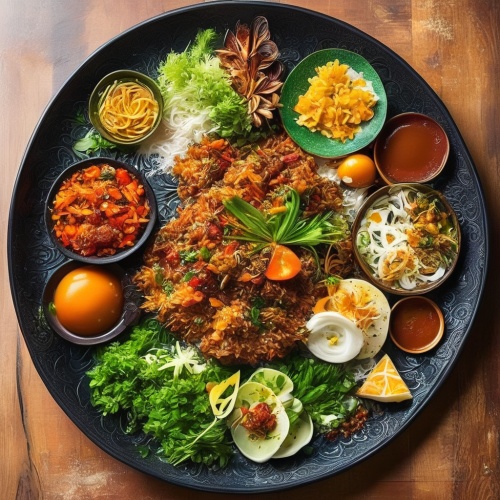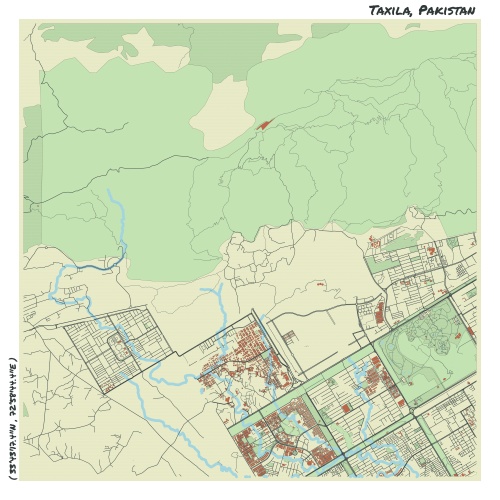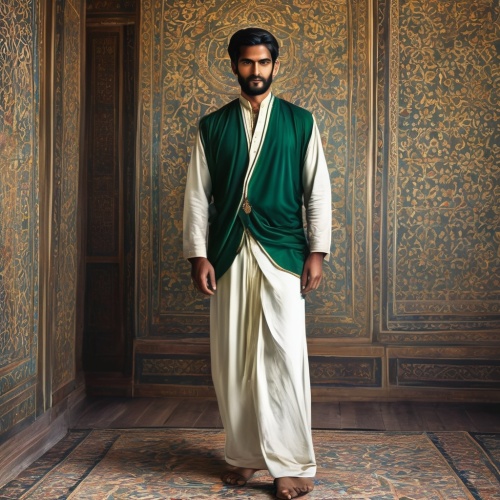Understand
Taxila, an important archaeological site in Pakistan, holds immense historical significance. With 18 of its sites listed on the prestigious UNESCO World Heritage List, Taxila takes us back to the ancient Gandharan city of Takshashila. This city was a center of learning for both the Vedic/Hindu and Buddhist traditions. It served as a melting pot for various cultures including Persians, Greeks under Alexander the Great, Central Asians, and Hindus. This vibrant city witnessed the birth and spread of Buddhism to the far east. As you explore Taxila, you can bask in the beauty of the sunset from the remains of a Buddhist monastery or wander through the ancient streets of a Persian city. What's truly fascinating is that hidden beneath these visible remnants are two even older cities waiting to be discovered. Today, Taxila is not just a historical site but also a thriving hub for Pakistan's engineering industry. It stands as a testament to the enduring legacy of the civilizations that once flourished in this magnificent place. Historically, Taxila lay at the crossroads of three major trade routes: - The uttarpatha, a northern road that connected Gandhara to the kingdom of Magadha and its capital, Paliputra. - The northwestern route through Bactria, Kpia, and Pukalvat. - The Sindu route from Kashmir and Central Asia, passing through Srinagar, Mansehra, and the Haripur valley to the Silk Road in the north and the Indian Ocean in the south. Taxila boasts a vast network of ancient ruins, connected by roads. While the museum on-site may not provide comprehensive information, it is still worth reading about the site before your visit. Let your imagination take flight as you explore Taxila's three major cities that span distinct time periods. From the Hathial area, known for its burnished red wares dating back to the 6th century BCE, to Sirkap, a city built by Greco-Bactrian kings in the 2nd century BCE, and finally, Sirsukh, associated with the Kushan kings. In addition to the city's ruins, Taxila is home to numerous Buddhist monasteries and stupas. Highlights include the stupa at Dharmarajika, built by Maurya emperor Ashoka, which is said to contain fragments of the Buddha's bone and tooth. At Jaulian, you'll find another remarkable monastery, and the Mohra Muradu monastery is also worth exploring. The wonders of Taxila are waiting to be discovered!
Map & Climate
Popular Foods
 Biryani - A flavorful rice dish made with meat, typically chicken or lamb, cooked with spices and vegetables. The dish is known for its rich aroma and distinct taste, often prepared for special occasions or festive meals.
Biryani - A flavorful rice dish made with meat, typically chicken or lamb, cooked with spices and vegetables. The dish is known for its rich aroma and distinct taste, often prepared for special occasions or festive meals. Chicken Tikka Masala - Consisting of roasted marinated chicken chunks simmered in a creamy tomato-based gravy, seasoned with a blend of spices. This dish is mildly spiced and loved for its comforting and delicate flavors.
Chicken Tikka Masala - Consisting of roasted marinated chicken chunks simmered in a creamy tomato-based gravy, seasoned with a blend of spices. This dish is mildly spiced and loved for its comforting and delicate flavors. Kabuli Pulau - A delectable rice dish featuring succulent meat, traditionally goat but also available with chicken, cooked with aromatic herbs and spices. The dish is characterized by its colorful presentation, with the rice dyed a distinctive blue hue and garnished with raisins, almonds, and other fruits.
Kabuli Pulau - A delectable rice dish featuring succulent meat, traditionally goat but also available with chicken, cooked with aromatic herbs and spices. The dish is characterized by its colorful presentation, with the rice dyed a distinctive blue hue and garnished with raisins, almonds, and other fruits.




Comments
NO COMMENTS